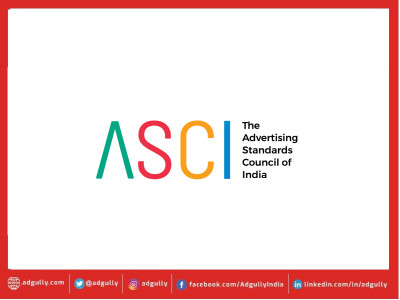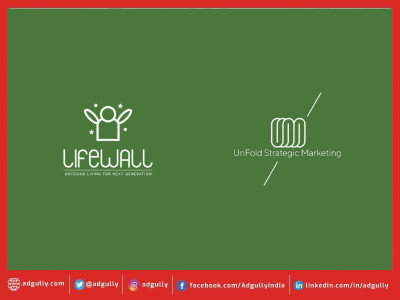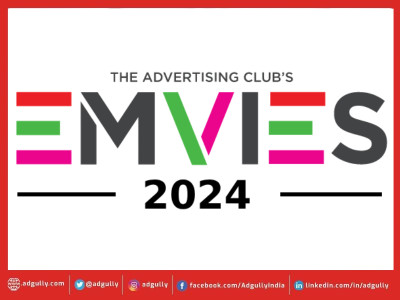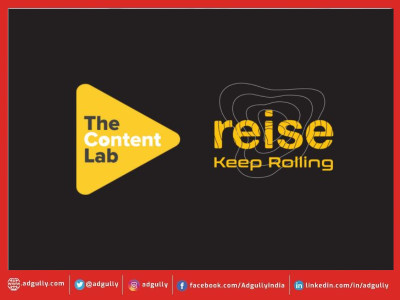The rise of 3D ads in the post-CGI era: Transforming advertising and marketing
Authored by Srishti Jain, Founder- MakeAR
Picture yourself walking down the bustling streets of New York City, surrounded by towering skyscrapers and the hustle and bustle of urban life. Suddenly, you're drawn to a larger-than-life Nike shoe seemingly popping out of a 3D billboard, capturing your attention with its stunning realism and dynamic visuals. Or perhaps you find yourself in the vibrant city of Dubai, where pizzas fly through the air in a captivating display of 3D imagery, enticing passersby with their mouth-watering allure. These are not just ads – they're experiences that immerse you in a world of limitless possibilities, leaving a lasting impression that transcends traditional advertising.
In an ever-evolving digital landscape, the shift from 2D to 3D content is not just a trend – it's a transformative journey reshaping the very essence of advertising and marketing. From mesmerizing CGI videos to eye-catching 3D billboards, consumers are embracing immersive experiences that transport them into a world where creativity knows no bounds.
As we enter the post-CGI era, the potential of 3D advertising emerges as the next frontier in captivating audiences and elevating brand storytelling to new heights.
Before diving deep into the waters of 3D advertising, let’s take a look at how 3D modeling differentiates itself from CGI and why 3D marketing is anticipated as the powerhouse of future marketing strategies.
Visual Style:
CGI ads often have a polished and cinematic visual style, with realistic graphics and seamless animations. These ads excel at creating fantastical worlds and larger-than-life scenarios that capture viewers' imagination. For example, the CGI-animated Coca-Cola polar bears in the brand's holiday commercials evoke a sense of wonder and magic.
3D Ads: 3D ads tend to have a more interactive and engaging visual style, with dynamic animations and immersive environments. These ads prioritize user interaction and customization, allowing viewers to actively engage with the content. For instance, the Nike "Reactland" campaign transformed a real-world basketball court into a virtual playground using 3D projection mapping, inviting players to interact with the environment in real-time.
Audience Engagement:
CGI Ads: CGI ads often rely on passive viewing experiences, where viewers observe the action unfolding on screen without direct interaction. While visually stunning, these ads may not always foster deep engagement or emotional connection with the audience.
3D Ads: 3D ads prioritize active engagement and interactivity, encouraging viewers to participate in the advertising experience. By allowing users to manipulate and explore the content, 3D ads create a sense of agency and immersion that captivates and resonates with the audience.
In summary, while both CGI ads and 3D ads utilize computer-generated graphics, they differ in terms of their creation process, visual style, and audience engagement. CGI ads focus on creating polished and cinematic visuals, while 3D ads prioritize interactivity and immersion to create memorable advertising experiences.
Why 3D advertising is the future?
The allure of 3D advertising extends far beyond mere spectacle – it's about forging deeper connections with consumers through meaningful interactions and storytelling. With the advent of augmented reality (AR) and mixed reality (MR), brands now can seamlessly integrate 3D models into the real world, allowing users to interact with products in ways previously unimaginable. From trying on virtual clothing to visualizing furniture in their homes, consumers can now experience products in a whole new dimension, blurring the lines between the digital and the physical.
A few facts and figures state that Interactive 3D marketing campaigns have seen a 40% increase in conversions (VentureBeat).
In a 3D marketing study by Cappasity, 82% of participants used the 3D product view. In addition, the study says, "95% of respondents preferred an interactive 3D experience to video playbacks".
Amazon has discovered that user engagement increased by 66% with a 3D technology configurator compared to 2D marketing solutions.
This is where MakeAR comes into the picture. As a creative tech company specializing in technology deployment, MakeAR empowers brands to harness the full potential of 3D advertising. Our team of experts guides brands on how to strategically integrate 3D models into their advertising campaigns to achieve tangible outcomes. Whether it's creating CG3D videos or developing AR experiences, MakeAR is at the forefront of transforming creativity into reality in the digital age.
Take, for example, Coca-Cola's "Mini Moments" campaign, which featured adorable 3D animated characters interacting with Coca-Cola Mini cans. By blending artistry with technology, Coca-Cola created a compelling narrative that resonated with consumers emotionally, driving brand engagement and loyalty. Similarly, IKEA's use of augmented reality allows customers to virtually place furniture in their homes before making a purchase, providing a more immersive shopping experience that builds trust and confidence in the brand.
One of the key advantages of 3D advertising over CGI lies in its versatility and scalability. While CGI is limited to pre-rendered animations and static visuals, 3D ads can be customized and adapted to various platforms and formats, including social media, digital billboards, and augmented reality experiences. This flexibility enables brands to deliver personalized and targeted content to their audience, resulting in higher engagement and conversion rates.
In a study by Forbes, 3D marketing was shown to increase the conversion rate of brands by 40%. Are we wrong in stating that by leveraging the advancements in 3D technology, brands can unlock new opportunities for creativity and storytelling, ultimately driving success in the post-CGI era?
In conclusion, the rise of 3D advertising signals a paradigm shift in the marketing world. By embracing innovative technologies and leveraging the power of immersive storytelling, brands can create memorable experiences that captivate audiences, drive engagement, and ultimately, inspire action.


















Share
Facebook
YouTube
Tweet
Twitter
LinkedIn